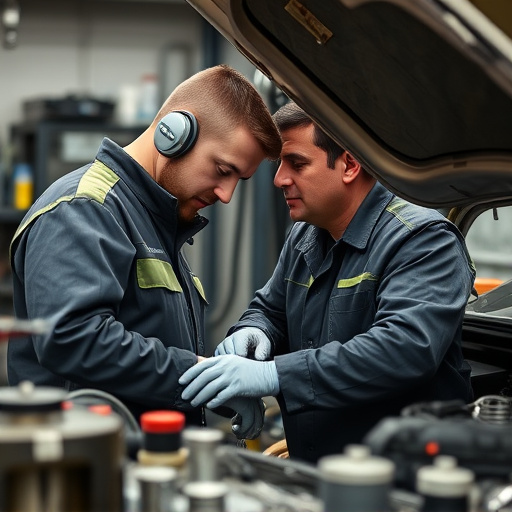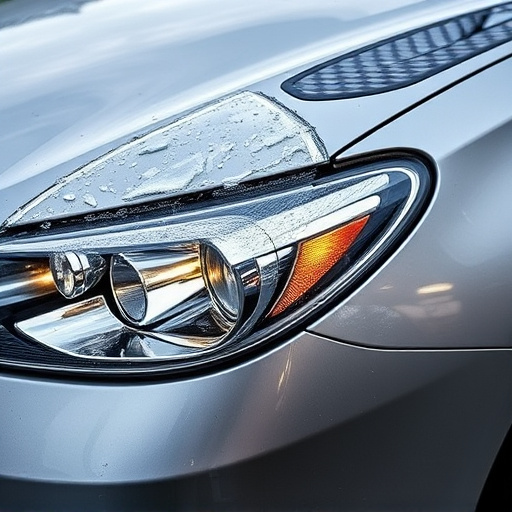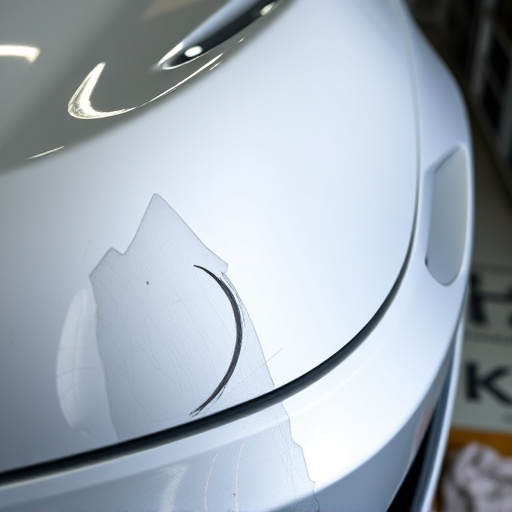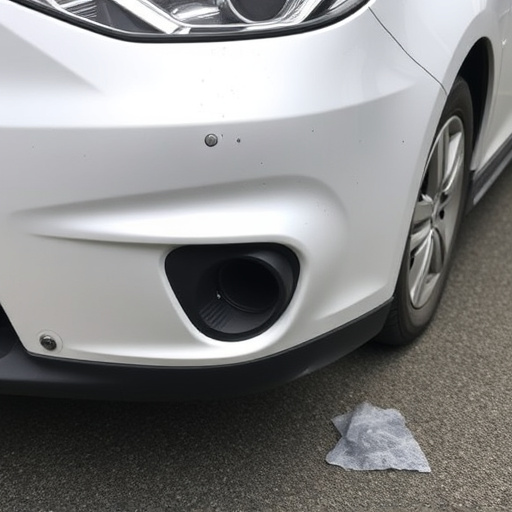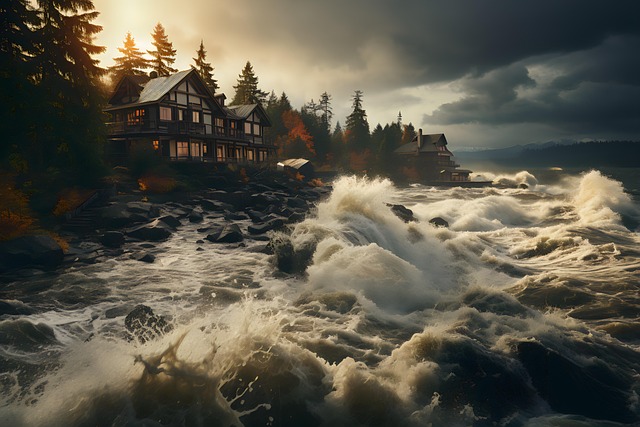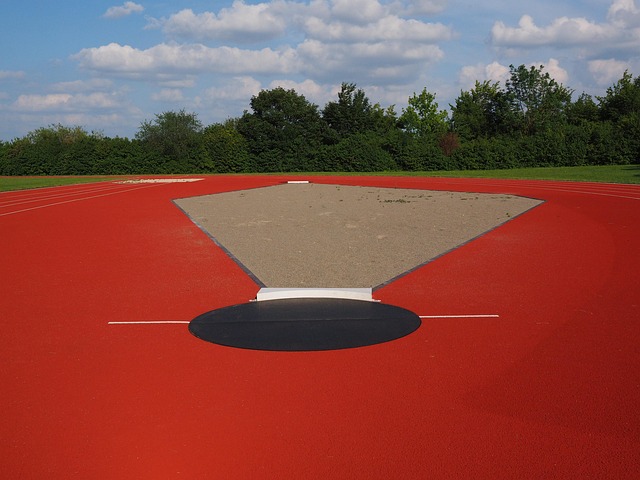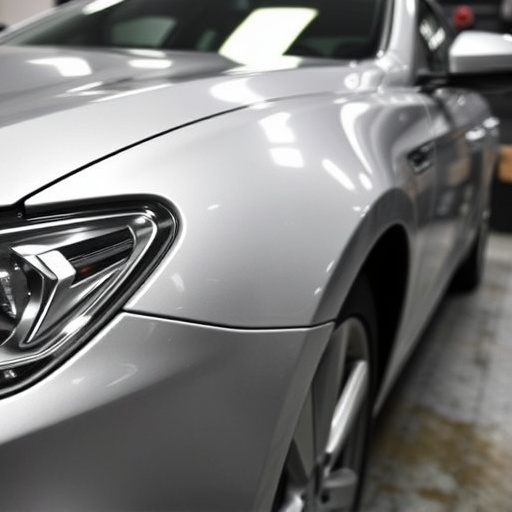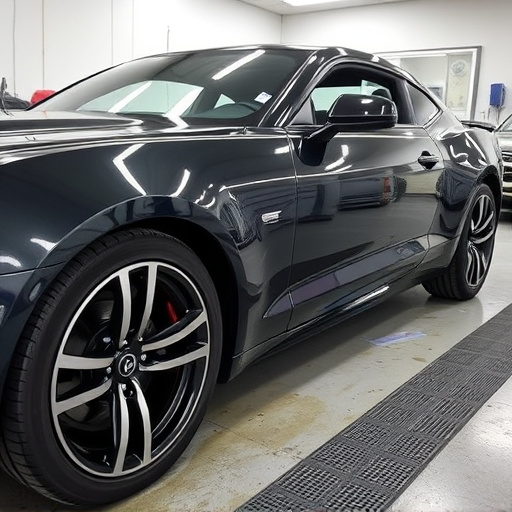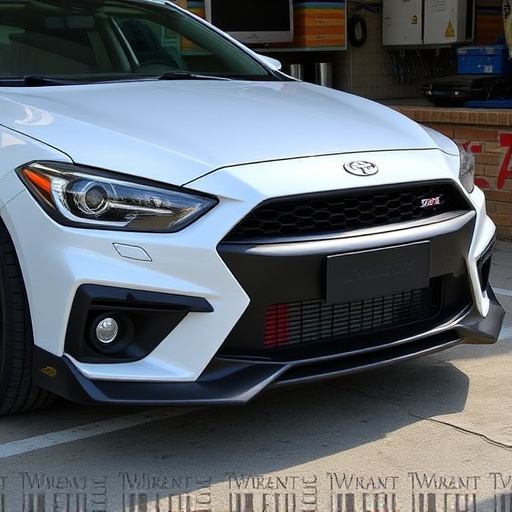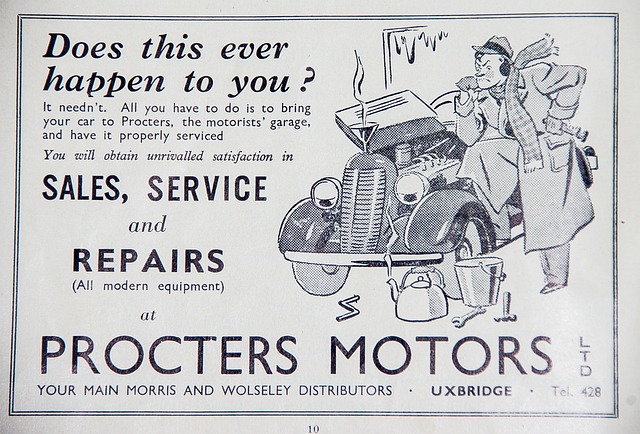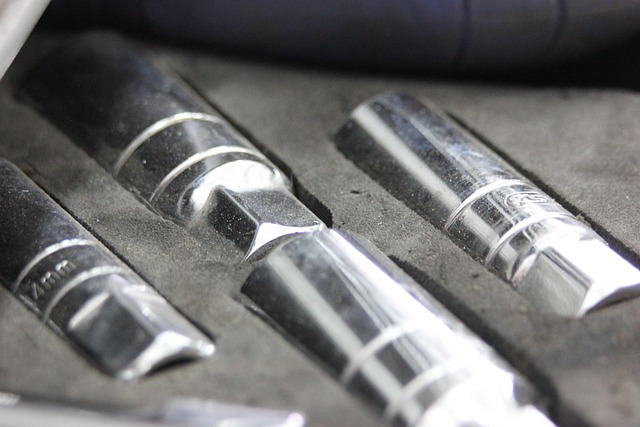Paint finish deterioration is a common car issue driven by environmental factors, accidents, and poor care. Modern technology like 3D scanning and robotic painting aids in efficient, accurate restoration. The process involves damage assessment, sanding, cleaning, etching, touch-up paint application, and clear coating for optimal protection and aesthetics. Paint finish restoration services are crucial for maintaining vehicle value through long-term health preservation.
“Uncover the art of paint finish restoration with advanced techniques designed to revive historical treasures and modern masterpieces alike. This comprehensive guide delves into the common causes of paint deterioration, from environmental factors to age-related wear. We explore cutting-edge tools and technologies that enable restorers to handle delicate finishes with precision. Learn step-by-step methods for achieving flawless results, ensuring your restored paintwork not only looks vibrant but also stands the test of time.”
- Understanding Paint Finish Deterioration: Common Causes and Effects
- Advanced Tools and Technologies for Restoring Delicate Finishes
- Step-by-Step Guide: Techniques for Achieving Flawless Results in Restoration
Understanding Paint Finish Deterioration: Common Causes and Effects
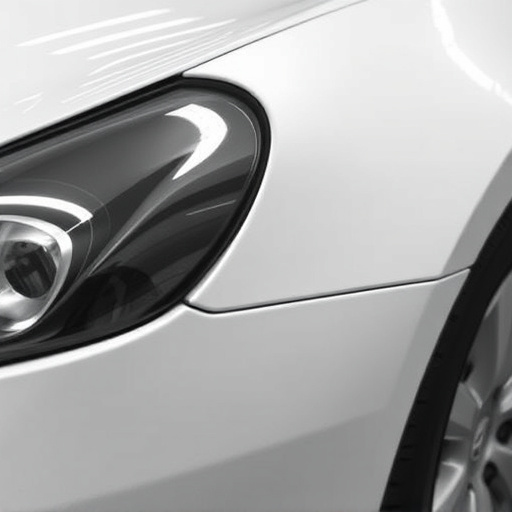
Paint finish deterioration is a common issue that can significantly impact the appearance and value of vehicles, both old and new. Understanding its causes and effects is crucial for effective paint finish restoration. Over time, various elements contribute to this problem, with environmental factors playing a significant role. Exposure to harsh weather conditions, such as prolonged sunlight, extreme temperatures, and moisture, can break down the paint’s protective layers. This results in chipping, cracking, and fading, especially on older vehicles or those not properly maintained.
Additionally, accidents and collisions at an auto collision center can cause substantial damage. Vehicle body shops often deal with paint finish restoration after an accident, where the impact may leave scratches, dents, and even complete paint removal. Other common causes include everyday wear and tear, improper washing techniques, and poor storage conditions. The effects are not just cosmetic; damaged paint can also affect the vehicle’s structural integrity and its ability to protect the metal beneath, making prompt restoration essential for long-term vehicle health, especially when considering the investment in an auto repair near me.
Advanced Tools and Technologies for Restoring Delicate Finishes
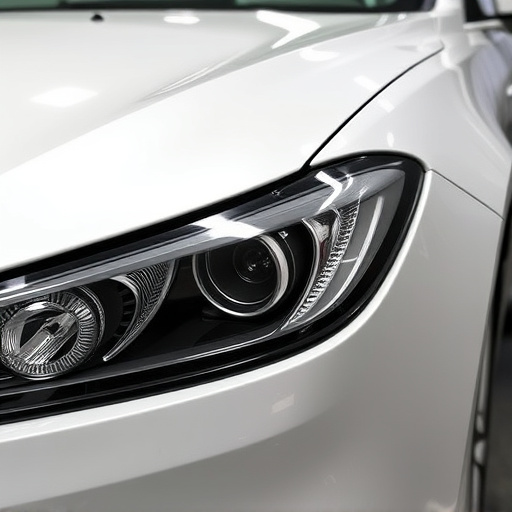
In the realm of paint finish restoration, advanced tools and technologies have revolutionized the way professionals approach delicate projects. Modern techniques go beyond traditional methods, employing cutting-edge equipment to accurately match and reproduce original finishes seamlessly. One notable innovation is the use of 3D scanning technology, which captures intricate details with remarkable precision, enabling restorers to create digital templates for perfect repairs.
Additionally, robotic painting systems have emerged as game-changers in automotive body work, especially in high-end makes like Mercedes Benz. These systems offer consistent accuracy and a meticulous finish, mimicking the skill of human artisans while eliminating the risk of human error, particularly following a vehicle collision repair. Such advancements not only expedite restoration processes but also ensure exceptional outcomes, preserving the beauty and value of cherished vehicles.
Step-by-Step Guide: Techniques for Achieving Flawless Results in Restoration
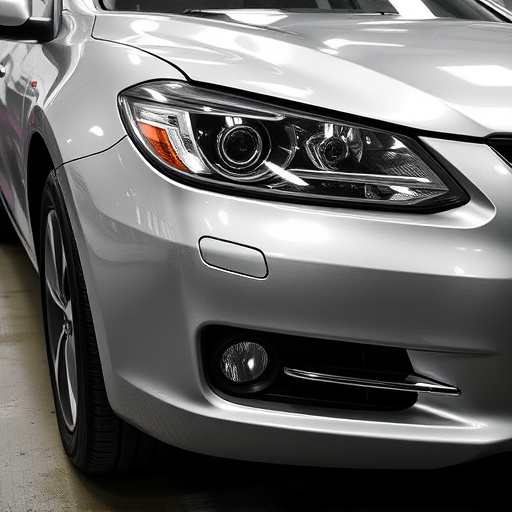
Restoring a flawless paint finish requires precision and a systematic approach. Here’s a step-by-step guide to help you achieve professional results in paint finish restoration. First, assess the damage, which could range from minor scratches to significant dents or dings. For car scratch repair, use fine-grit sandpaper to gently buff away the damaged area, ensuring you match the existing paint texture. This meticulous process is crucial for successful vehicle paint repair later on.
Next, thoroughly clean the surface with a pH-neutral cleaner to remove any debris or contaminants. This step is essential, as it ensures better adhesion during repainting. After cleaning, etch the area using a suitable solvent to create a rough texture that aids in bonding. Finally, apply a high-quality touch-up paint specifically designed for collision repair services, matching the original color precisely. Follow up with a clear coat to protect the repair and achieve a seamless, glossy finish.
In the realm of paint finish restoration, understanding deterioration causes and employing advanced tools are key steps towards flawless results. By recognizing common issues and utilizing modern technologies, professionals can revitalize even the most delicate surfaces. Following a systematic approach detailed in our step-by-step guide, folks can now confidently navigate the process, ensuring their cherished possessions retain a vibrant, lasting finish. Remember that, with the right techniques, paint finish restoration is not just possible, but also a true symphony of transformation and enhancement.
